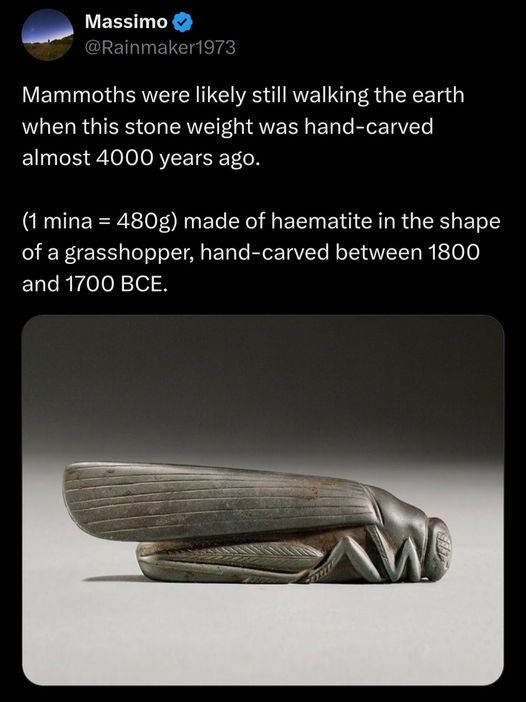this post was submitted on 30 Aug 2024
850 points (98.1% liked)
Science Memes
10348 readers
1466 users here now
Welcome to c/science_memes @ Mander.xyz!
A place for majestic STEMLORD peacocking, as well as memes about the realities of working in a lab.

Rules
- Don't throw mud. Behave like an intellectual and remember the human.
- Keep it rooted (on topic).
- No spam.
- Infographics welcome, get schooled.
Research Committee
Other Mander Communities
Science and Research
Biology and Life Sciences
- !abiogenesis@mander.xyz
- !animal-behavior@mander.xyz
- !anthropology@mander.xyz
- !arachnology@mander.xyz
- !balconygardening@slrpnk.net
- !biodiversity@mander.xyz
- !biology@mander.xyz
- !biophysics@mander.xyz
- !botany@mander.xyz
- !ecology@mander.xyz
- !entomology@mander.xyz
- !fermentation@mander.xyz
- !herpetology@mander.xyz
- !houseplants@mander.xyz
- !medicine@mander.xyz
- !microscopy@mander.xyz
- !mycology@mander.xyz
- !nudibranchs@mander.xyz
- !nutrition@mander.xyz
- !palaeoecology@mander.xyz
- !palaeontology@mander.xyz
- !photosynthesis@mander.xyz
- !plantid@mander.xyz
- !plants@mander.xyz
- !reptiles and amphibians@mander.xyz
Physical Sciences
- !astronomy@mander.xyz
- !chemistry@mander.xyz
- !earthscience@mander.xyz
- !geography@mander.xyz
- !geospatial@mander.xyz
- !nuclear@mander.xyz
- !physics@mander.xyz
- !quantum-computing@mander.xyz
- !spectroscopy@mander.xyz
Humanities and Social Sciences
Practical and Applied Sciences
- !exercise-and sports-science@mander.xyz
- !gardening@mander.xyz
- !self sufficiency@mander.xyz
- !soilscience@slrpnk.net
- !terrariums@mander.xyz
- !timelapse@mander.xyz
Memes
Miscellaneous
founded 2 years ago
MODERATORS
you are viewing a single comment's thread
view the rest of the comments
view the rest of the comments

No doubt there are insects big enough to be able to see the patterns on the eyes without magnification.
An alternative that I like to use in the lab is squinting and holding the sample really close to my face. Perhaps they used my method if the bugs weren't big enough?
I mean, yes (Im losing that ability as I age :(), but also it's not that far fetched to just conclude all insects are built about the same.
For sure, I just like posting stupid things on memes.
I think your lab needs to get you a giant magnifying glass with a light so your squinting days can continue. They're super nice for things that can't go under a microscope. So far I've been lucky myself, but many of my colleagues my age experience the same problem. Some day I would like to get a macro camera so I can just show them pictures.
Some day I would like to get a multi-camera bionic eye implants or like a Star Trek visor ribbed for my pleasure.
Tho I bet they didn't study this ones eyes:
It's called a fairy wasp (wiki/Megaphragma_mymaripenne) and it's only the third smallest insect known.